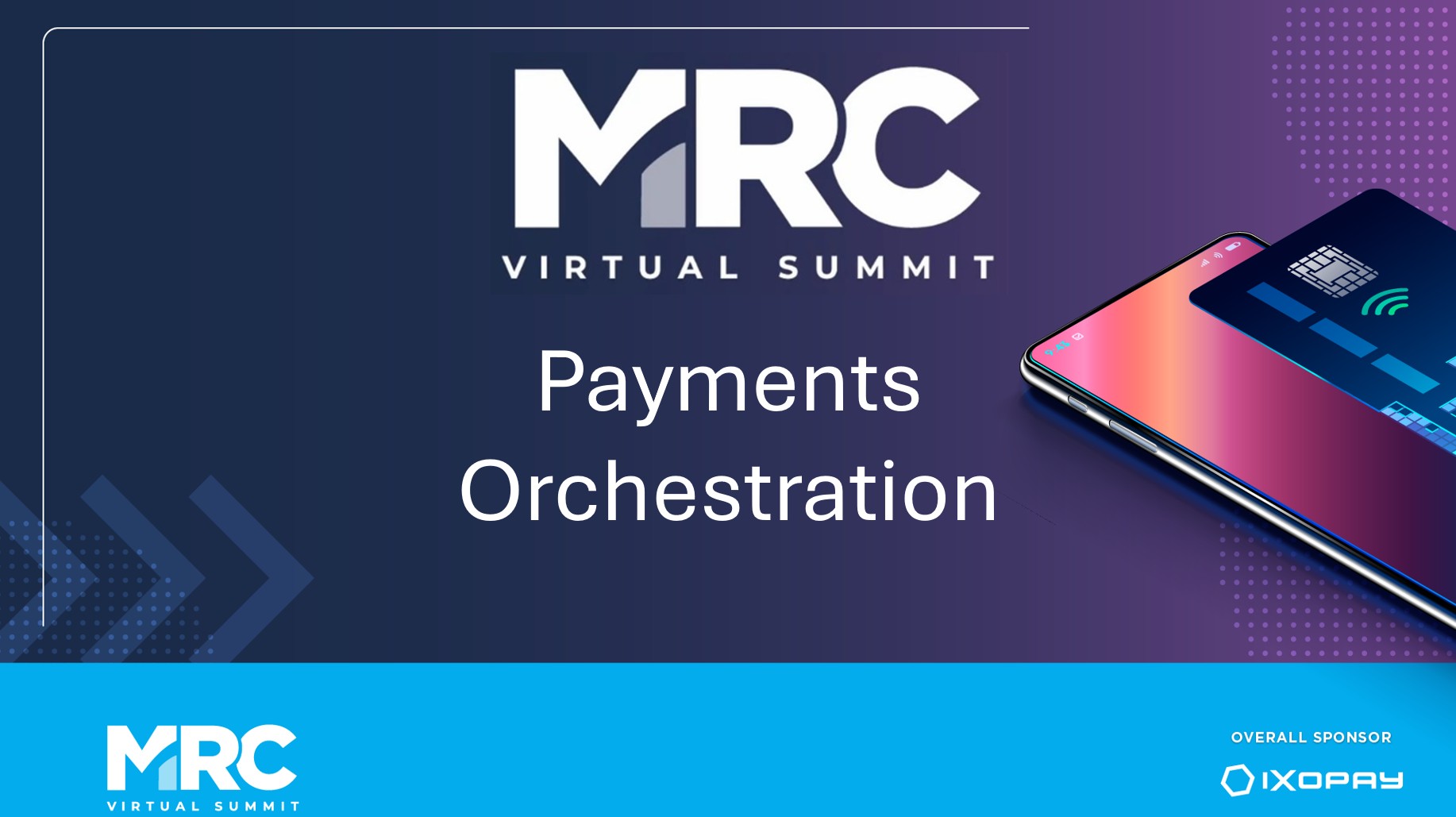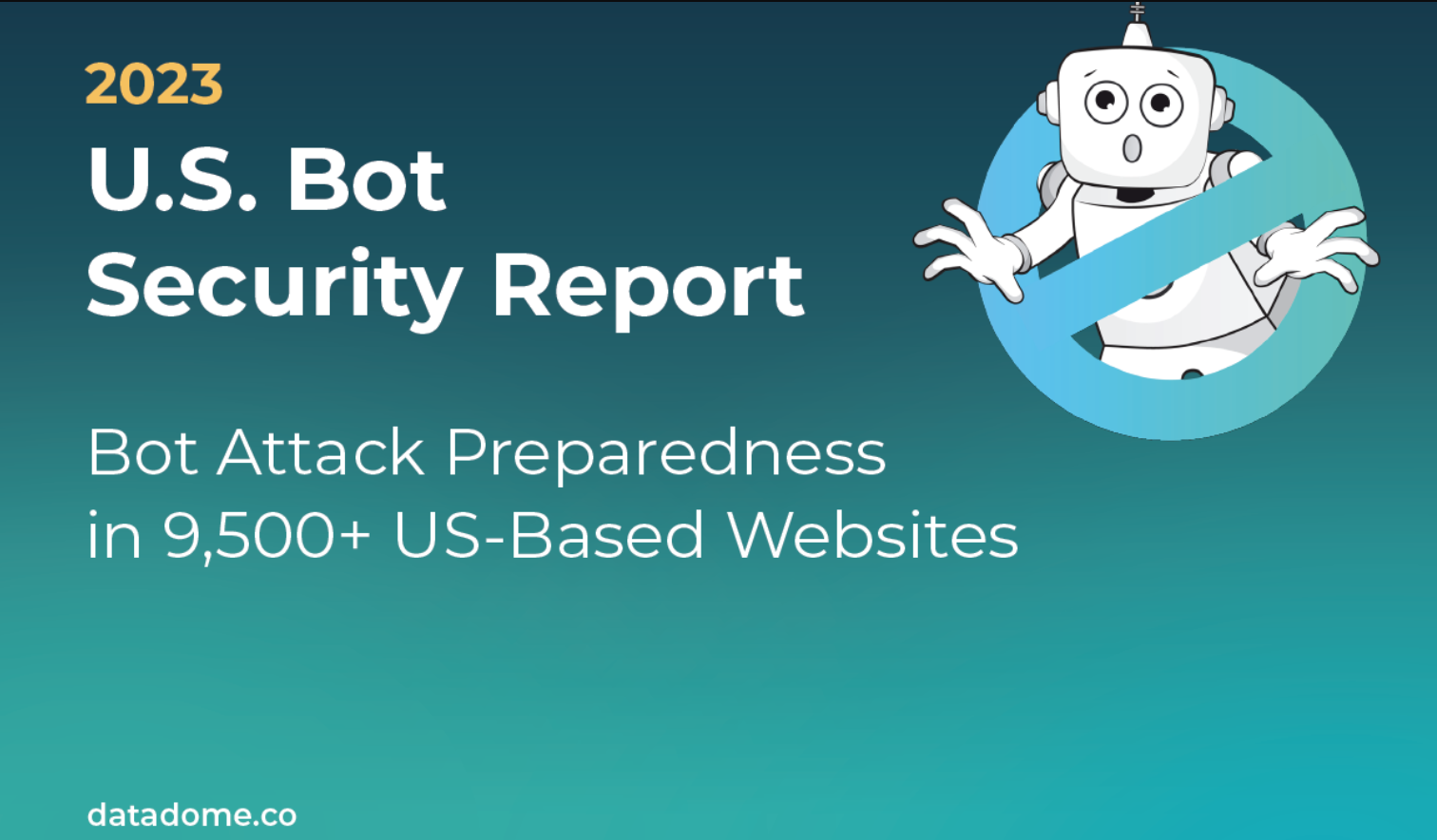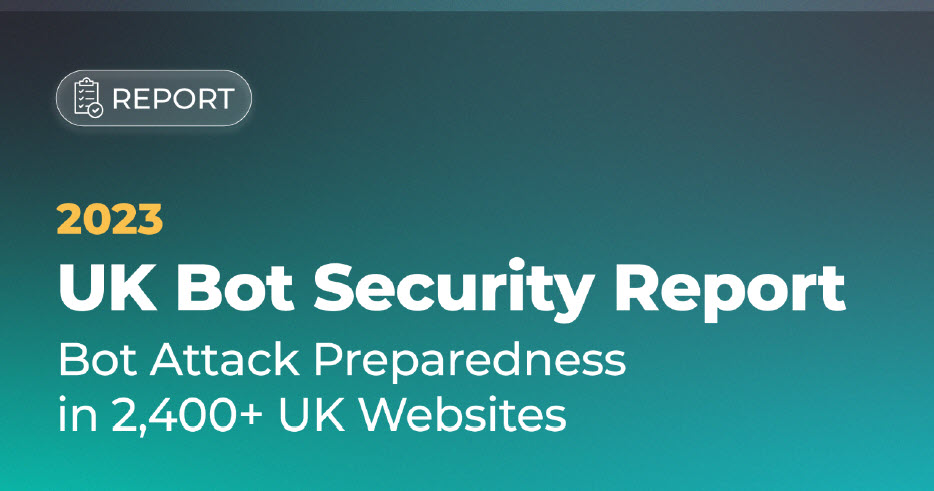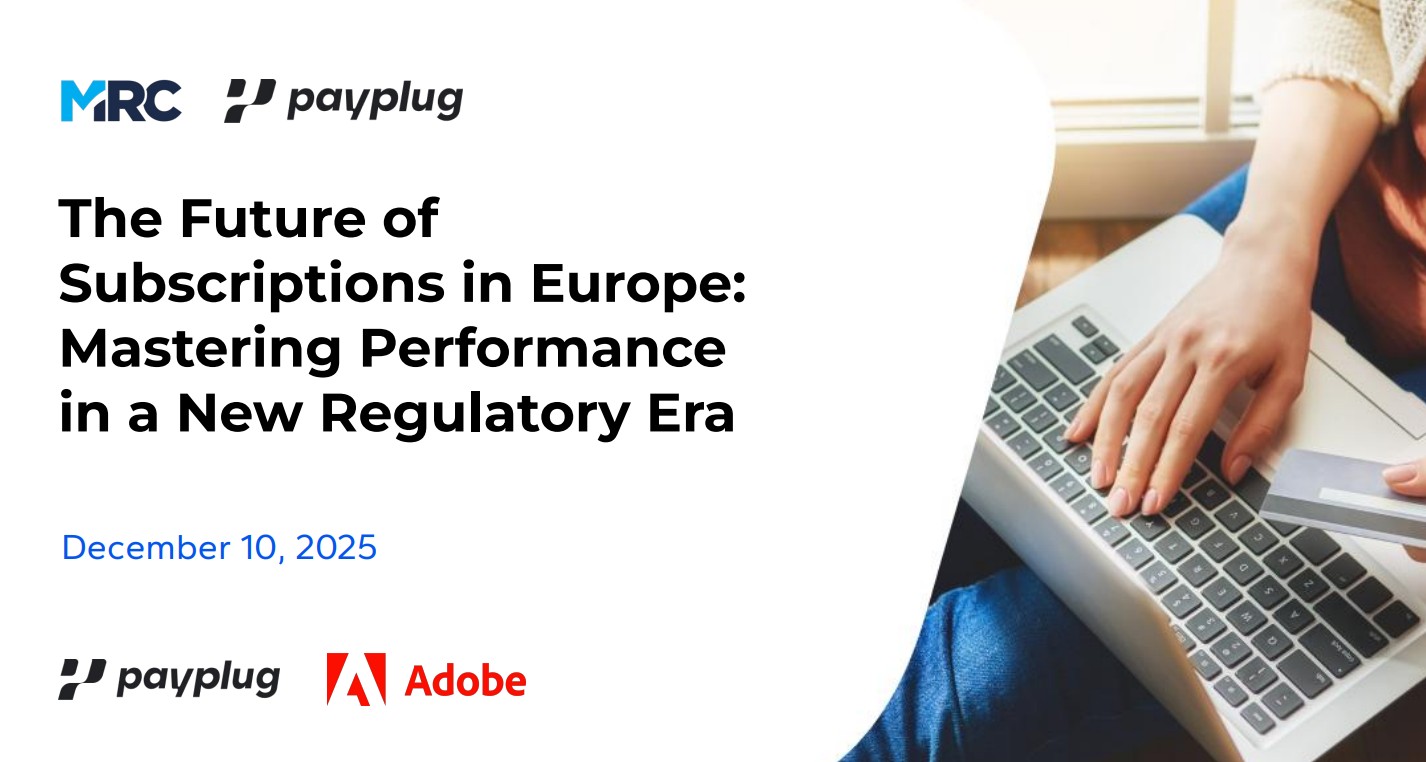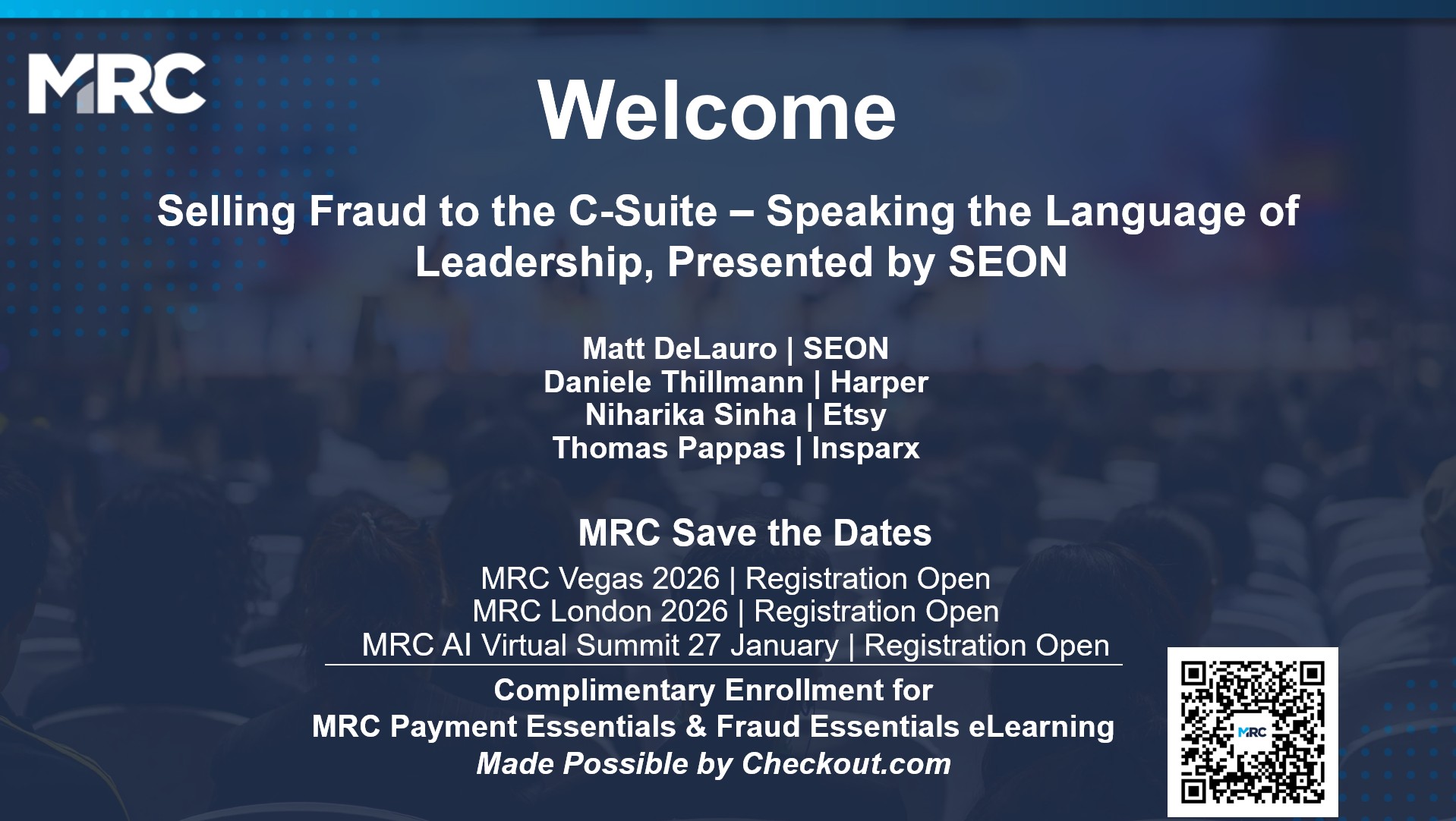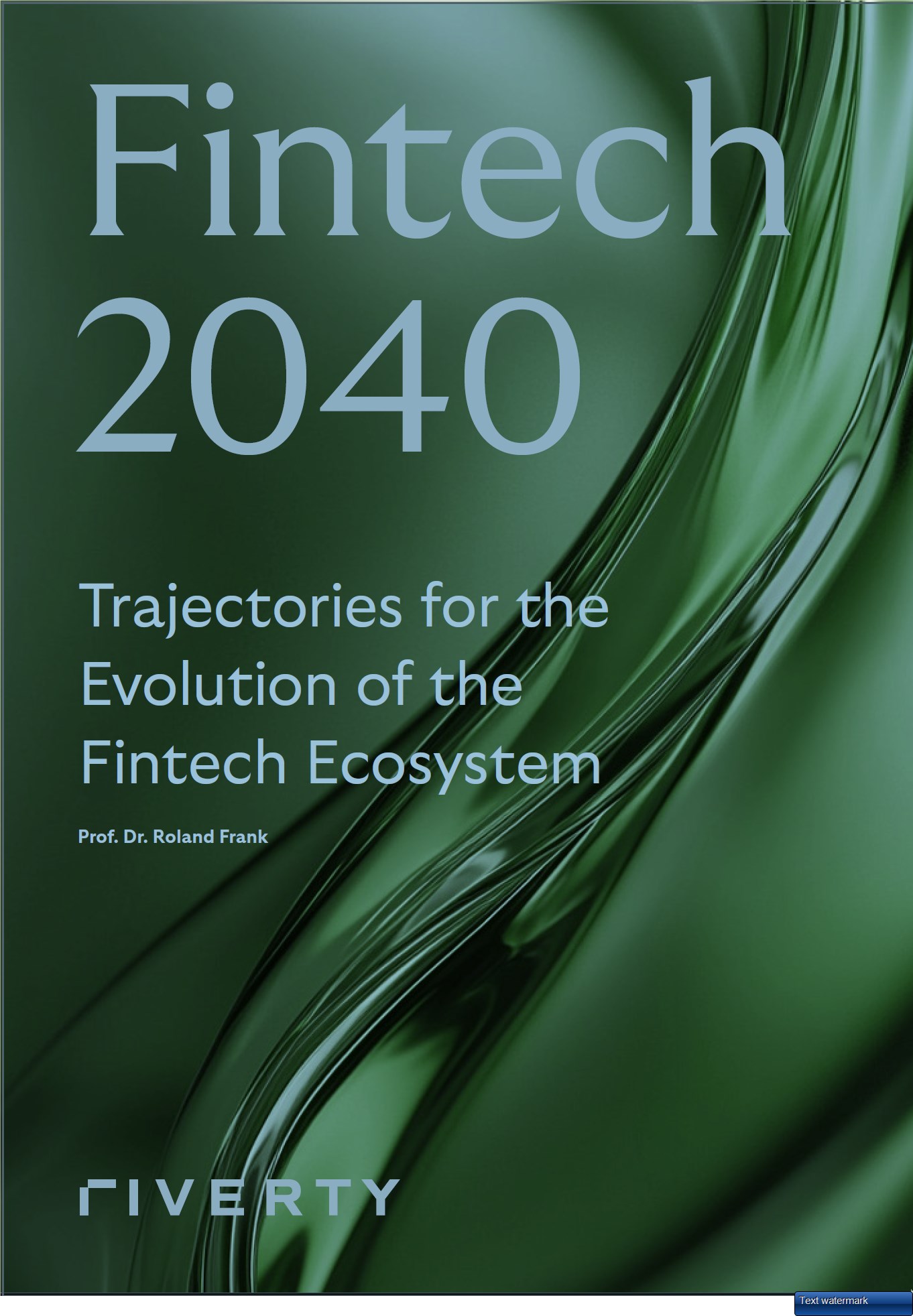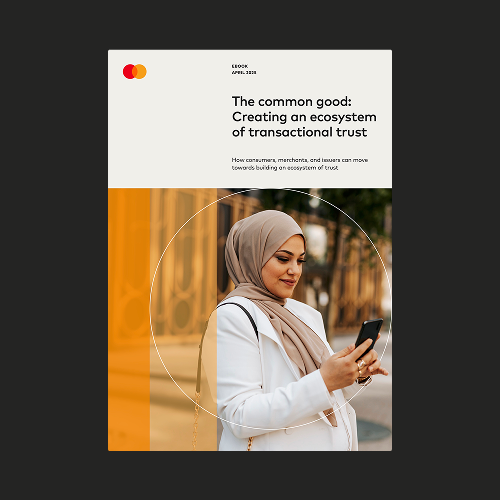Transforming Fraud Prevention with Trusted Identities
Identity underlies every transaction. With rising levels of fraud, false declines, and chargebacks, it's time to rethink the concept of "identity" within the context of digital commerce. Pipl will share why the traditional concept of identity is failing merchants, payment processors, and ecommerce customers alike—and how it should change. We'll introduce the new paradigm of trusted identity, describe what comprises trusted identities, and provide real-life examples of how trusted identities are already being used to prevent fraud, combat chargeback and friendly fraud, and extend trust into the ecommerce lifecycle.
Learning Objectives:
• Understand the importance of deep connections between identity data fragments
• Identify trust signals and be able to recognize a trusted identity
• See how the concept of trusted identity is being applied across manual review, chargebacks, friendly fraud, and third-party fraud
Some content is hidden, to be able to see it login here Login




